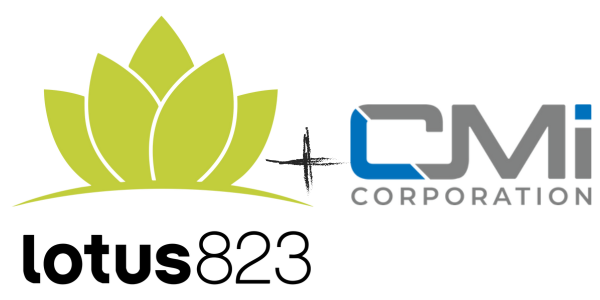Last month in our post, “Why Every Brand Needs Influencer Marketing: Types of Influencers and How to Measure Value,” we identified the different types of influencers and what each can provide for a brand. Additionally, we outlined how to measure the value of the content produced by influencers and ways to maximize a partnership. Continuing in our series on influencer marketing, today we will identify key differences between organic and paid influencers.
In order to understand the best practices in using paid and organic social media strategies, marketers must first understand how each stands alone, their value, and the ethics involved in working with paid influencers.

Organic Influencers
When referring to organic in terms of marketing, think unpaid, unbiased, and authentic. Organic influencers value the brands they post about and want others to enjoy them as well. These posts typically have higher engagement rates, are cost-effective for brands, and have an authentic “word of mouth” nature to them. The perfect example of an organic influencer is a mommy blogger promoting a housewares brand. It is clear to audiences that the blogger uses the brand’s products in her everyday life and recommends it highly.
Paid Influencers
If a brand is interested in putting a human face to the brand, reach niche audiences, or spread awareness, then paying an influencer may be the best fit. However, paid partnerships come with a serious price tag, and although it depends on the platform and the size of the audience, posts can range from a few thousand dollars up to hundreds of thousands.
While organic and paid influencers are best suited for different situations, we typically recommend that our clients work with both. In utilizing this combined strategy, our clients are able to best reach their target audiences and reap the benefits that each type of influencer provides.

The Ultimate Paid Partnership Checklist
In recent years, however, the lines between organic and paid content have been more difficult to decipher, causing confusion for consumers and unethical practices. For this reason, the Federal Trade Commission (FTC) implemented Endorsement Guides that brands must abide by so consumers can clearly identify whether or not they’re viewing a sponsored/paid post. This also better helps frame the call to action for consumers.
“The Guides, at their core, reflect the basic truth-in-advertising principle that endorsements must be honest and not misleading. An endorsement must reflect the honest opinion of the endorser and can’t be used to make a claim that the product’s marketer couldn’t legally make.” – FTC
If a brand decides to partner with a paid influencer, in proximity to the message it must:
- Use #AD, #Sponsored, or #(BrandName) Partner
- Place the disclosure before you can navigate away from the post
- Place the disclosure with each & every message
- Feature the disclosure visually and spoken for video content
By being transparent with consumers, trust and credibility is built for the brand and influencer, leading to a more meaningful B2C relationship.
Below are model examples of paid posts that abide by all FTC guidelines:


By understanding key differences, benefits, and ethics that go hand in hand with paid and organic influencers, a brand can maximize its online presence and connect with audiences in engaging and exciting ways.
Interested in learning more about how influencers can benefit your brand? Contact us today to get started!








